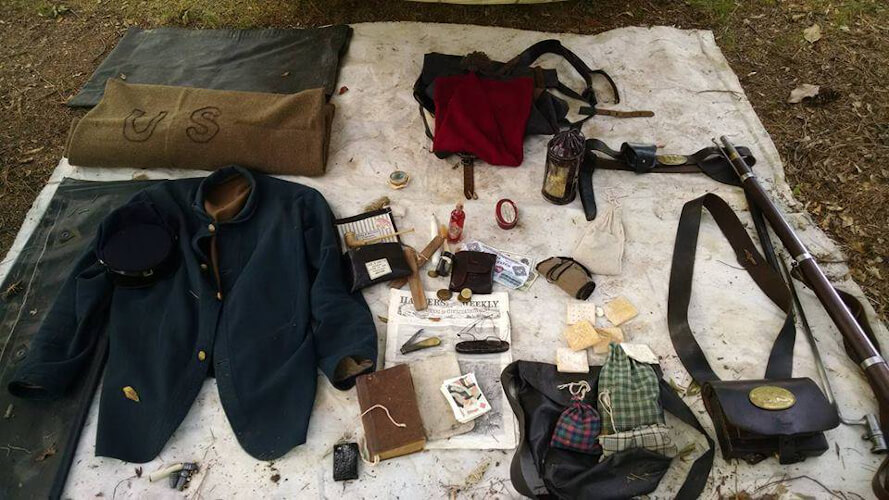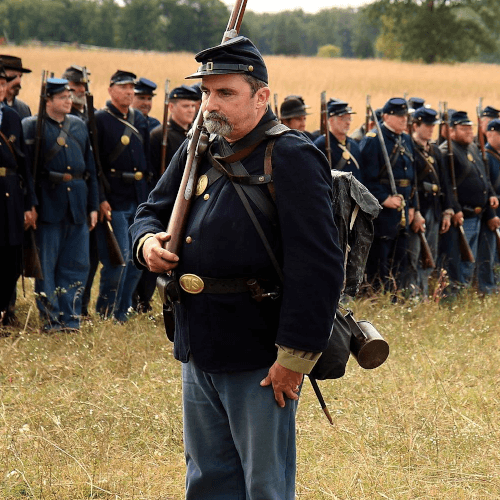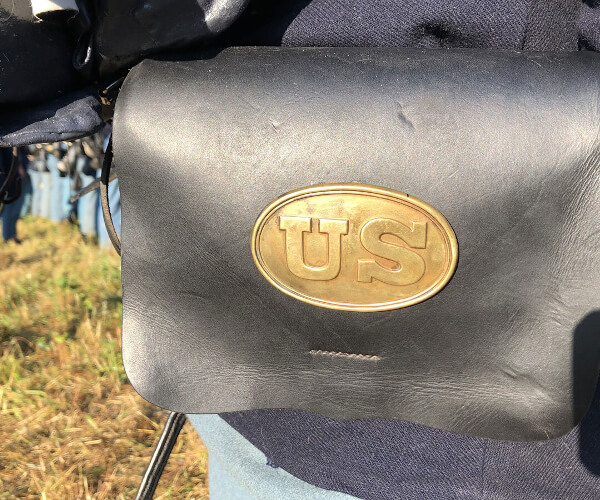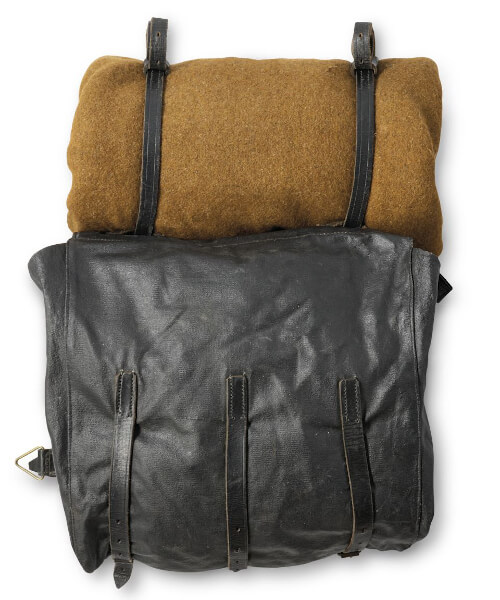Civil War Arms and Equipment
Exploring the weapons and technology of the Civil WarCivil War Solider Equipment
On April 15, 1861, just three days after the Confederate attack on Fort Sumter in South Carolina, President Abraham Lincoln called for 75,000 volunteer troops. At the time, the U.S. Army had only about 16,000 soldiers that made up the regular Army. The government was ill-equipped to handle supplying the influx of new troops so the burden fell upon the states.
Being a soldier during the Civil War was difficult and each soldier required special equipment to fight the enemy. These soldiers would often carry upwards of 50 pounds of equipment with them. This included their clothing, tents, personal items, and weapon and ammunition. Veteran soldiers would discard unnecessary items to lighten their load. While Union soldiers were better equipped than their Southern counterparts, Confederate soldiers did often acquire Union equipment whenever the opportunity arose.
Equipment Was Essential
Regardless of North or South, a soldier relied on their equipment to keep them alive. Everything, right down to their shoelaces were important and most soldiers took great care of their equipment. Soldiers in the infantry had to carry all of their gear with them. In the Union army, much of the gear was carried in a knapsack while Confederates carried theirs in blanket rolls. This also meant carrying their musket and an average of 60 rounds of ammunition.
Standardization of Equipment
Early in the war, equipment and uniforms varied from state to state. As the war waged, the War Department standardized the uniforms and equipment in order to make resupplying the troops easier. Soldiers were all issued their uniforms and equipment while officers were expected to purchase their own. The government issued contracts to various companies to supply equipment to the soldiers. Uniforms were made from various materials such as wool, flannel or cotton and would be either machine or hand-sewn.
Accouterments
Accouterments that were carried by the soldiers varied with each branch of service. For example, an infantryman’s accouterments consisted of a cartridge box, cap pouch, and bayonet scabbard as well as a canteen, haversack, and knapsack. Personal items would be carried in pockets or his knapsack.
Every infantryman wore what was commonly referred to as his “leathers.” This consisted of a leather belt, a cartridge box with a sling, a cap box, and a bayonet scabbard. The cartridge box was designed to hold forty rounds of cartridges in removable tin liners. Any extra rounds were carried in pockets or a knapsack. These tins not only kept the cartridges organized, but they also protected the soldier and cartridges in the event a spark or fire got in the box. The cartridge box also came with a heavy flap and pouch to keep a cleaning kit. The cap box was a small leather pouch that was attached to the belt and held the percussion caps for their muskets.
Knapsacks
Most Union soldiers carried their extra equipment such as extra clothes, personal items, and shelter in a knapsack. These knapsacks were made of heavy cotton or canvas and covered in water-repellant black paint. These bags were large enough to also carry other items such as their wool blanket, a rubberized gum blanket, and even their winter overcoat. Food was carried in a haversack that went over the right shoulder and on the left hip and was made of painted canvas with a cotton liner. Haversacks were used to carry hardtack, coffee, pork rations, and other food items and occasionally personal items or extra ammo. The downside was that after a few weeks on the march, the haversacks would become greasy and smelled terrible.
Ammunition
Canteens
Whether Union or Confederate, a canteen was essential for survival. Northern canteens were made from two pieces of tin that were soldered together and had a pewter spout with a cork. The canteen was covered with wool or heavy cotton and had a leather or cloth strap to be worn over the right shoulder and on the left hip with the haversack. Additionally, every soldier would carry a tin cup for their coffee, a metal plate, knife, fork, and spoon. Some also carried small frying pans or even half of an old canteen for cooking their salt pork and hardtack.
Civil War Underwear?
In addition to their basic uniform and equipment, soldiers would also have been issued or received from home other items that were essential to their survival or added a nice comfort to their everyday life. For example, enlisted soldiers were issued one pair of cotton drawers (aka underwear), one flannel shirt and one pair of wool socks per year. If these wore out, then they would have to purchase another one or have it sent from home. Soldiers would also wear braces which today we call suspenders.
Personal Items
When fully loaded, a soldier could be carrying around 50 pounds of equipment. In addition to their standard equipment, this included 40 rounds of ammunition, three days’ worth of rations, extra clothing. Soldiers would also often carry a number of personal items. These items included everything from toothbrushes, bibles and writing equipment to playing cards, combs, a small musical instrument like a harmonica or jaw harp. Other personal items might be a “housewife” (aka a sewing kit), a pock knife, and a pipe with some tobacco.
Gumblankets
Another interesting piece of equipment a soldier was issued and carried was a gum blanket. According to some account, the Northern War Department purchased nearly 2 million of these blankets. Due in part to their rubberized side, they made an excellent ground cloth and provided protection from the rain. The blankets were 60” x 70” with brass grommets and made from cotton or canvas and then coated on one side with rubber. In 1844, Charles Goodyear had perfected the process for vulcanizing rubber. By vulcanizing the rubber, it remained more pliable and therefore it allowed the gum blanket to be more flexible. These blankets could be made cheaply but to great benefit of the soldiers. Gum blankets were used as ground clothes, shelters and even rain gear.
Learn More
Videos
Vocabulary
Bayonet: (pronounced bay-uh-net) A metal blade, like a long knife or short sword, that could be attached to the end of a musket or rifle-musket and used as a spear or pike in hand-to-hand combat.
Canteen: Round container used to carry water; made of wood or tin and carried over the shoulder by a strap.
Cartridge Box: This was a sturdy bag made of leather with a shoulder strap that would hold cartridges and bullets. The bag contains two tins, which each held up to twenty cartridge rounds.
Haversack: A small canvas bag with a shoulder strap that was used to carry a soldier’s food. The inside had a liner to separate food and it was often covered with a black tar on the outside to make it waterproof.
Kepi: Typical hat. worn by Civil War soldiers.
Knapsack – A type of backpack that soldiers wore and contained personal effects and came in either the double bag or the wood hard-side variety. Confederates sometimes resorted to a blanket roll to carry their personal belongings.




